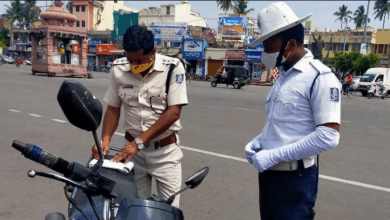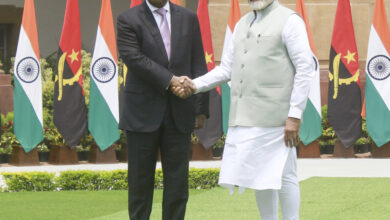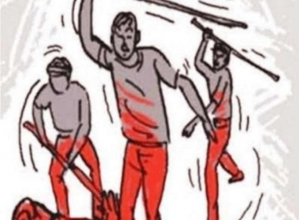
Mobilenews24x7 Bureau
Going back down the memory lane has many things that hides behind the pompous and religiosity being trumpeted over the New Parliament.
Opinions are also heard that, he(Modi) may be given another chance because as his image now has been recast from a monarch of Hindutva, to now a fountainhead of development.
The bigger reason for the non-reaction to his ‘temple of democracy’ assertion was due to its metaphorical usage. A temple, after all, is a sacrosanct structure, not to be desecrated and if the Parliament was notionally being called a place of worship, so be it.
Obviously,the inauguration of the new Parliament building by Modi had become a full-blown controversy, suddenly, instead of the issues that surfaced – violation of the Article 79 of the Constitution in spirit and the separation of powers between the branches of the State, among others – a new object was added for jaw-dropping chatter: the Sengol, an object that, euphemistically speaking, even Google may have forgotten.
What is this ‘Sengol’. It can be traced to the times when the Chola dynasty transfer power one to another which was ritualistically mandated by Brahmins. It were the kings who bequeathed power of the Kingdom.
In the 75th year of India’s independence, giving prime place to a symbol of monarchy that remains in power, that too with religion, marks the conversion of the metaphorical “temple of democracy” into one that is literally and actually not a temple.
But no Parliament or Assembly is a place of worship except that the oaths are done here in the name of constitution where hardly the mention of religions have any place. So the use of the term as a temple can only be seen metamorphically, not literally.
It is quite debatable that whether for 140 cr people had dreamt that new parliament would be a panacea against all odds and bring new morning. In a country where multi-faith ceremonies were often the norm at official functions, Modi personally performed the Hindu rituals to invoke the blessings of the gods for the new project. At that time too, it was clear that the lines between the Executive and Legislature, and between religion and state, were invisble.
Where is amity?
After Modi’s ascendancy, in 2014, in the contrary to all expectations, verbal and physical attacks on minority religious institutions within months of government formation – churches to start with – revived memories of similar attacks in 1998-99 when a spate of attacks included the brutal killing of Australian missionary, Graham Staines. The situation appeared so alarming that during his state visit to India, the then-American President, Barack Obama, reminded the prime minister of the need to safeguard religious freedom.
This was the second time that he had to be reminded of the basic duties while governing, the first instance being Atal Bihari Vajpayee saying in March 2002, that he hoped Modi would follow ‘Rajdharma’.
Then there were numerous incidents of communal conflagration like attacks on minorities became a regular feature, Modi kept up the pursuit of non-discriminatory welfare schemes.
The electoral difficulties of the party became evident in December 2017 when the BJP barely touched the finishing line in Gujarat, winning less than 100 seats for the time in decades. By the end of 2018 and early 2019, it was evident that Modi was struggling to devise a winning campaign.
The four years since the victory in 2019 have seen an untrammelled expansion of the Hindutva agenda, from history and textbooks to law and control of institutions, by overt means – as in regard to the Executive’s intrusion into the territory of the legislature and even unabashed vigilante action, or by covert means – like influencing sections of the judiciary, be it individual judges or the lower levels where institutions can be more readily subverted.
Dissent a treason!
Even in the field of education, law has also been used in a manner wherein the process that the accused undergoes, is actually turning out to be punishment. From activists to academics and journalists, none has been spared. Investigations agencies are used to harass critics in an atmosphere where dissent is seen as treason.
All said and done, in the phase of Modi 2 the thrust has not been merely on anti-minorities pursuits but the democratic spirit alongside the republican nature and federal character of the country has been systemically hollowed out, say critics.






